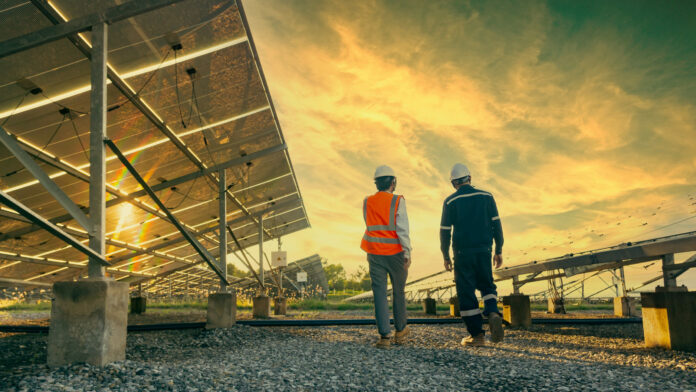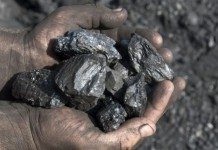
WHERE does renewable energy investment fit in to mining company capital allocation? And do global mining investors really want exposure to long-life, low-return energy assets? This has been the subject of some discussion with mining and energy bankers of my acquaintance. And the consensus seems to be that mining companies must eventually divest their utility-scale energy assets.
Large mining companies generally have more potential capital projects than available capital. As a result, they have had to develop a variety of structured methods and scoring models to rank and rate their projects, with the purpose being to determine, as objectively as possible, which projects are deserving of scarce capital investment.
Most mining companies have a multinational set of potential projects, so the decision models include the relative risk and reward of one mining jurisdiction relative to another. In the case of South African greenfield projects, most diversified miners have been explicit that they will not allocate growth capital to South African mining projects under current conditions. Brownfield sustaining capital projects have been trotted out by some glad-handing mining CEOs at the annual presidential investment jamboree as if they are investments in new productive capacity; however, sustaining capital is merely what is required just to tread water, prevent early closure, and protect sunk capital.
So where does renewable energy investment fit in?
South African mining companies are investing in or contracting significant quantities of renewable energy. Projects are at all stages of development, with the early ones like Gold Fields’ South Deep and Pan African’s Elikhulu already producing energy.
To be economic for energy consumers, high upfront capital, renewable energy projects require a low cost of capital and a multi-decade payback period. This is why we have seen that the early REIPPP (renewable independent power producer) projects are all highly leveraged 20-year contracts, with the offtake guaranteed by National Treasury, the most credit-worthy guarantor in South Africa. This has resulted in increasingly competitive tariffs where renewable energy prices are now lower than new project alternatives – setting aside their intermittent nature for the moment.
Mining companies, however, have a problem fitting these types of projects into their conventional capital allocation models. On the face of it, returns on renewable projects are too low and payback periods too long to make them attractive, notwithstanding their apparent lower risk. And mining company investors like their returns spicier than that anyway. Bland utility industry-type returns can be found elsewhere.
Obviously, renewable energy investment is being justified on other grounds, like energy security, price certainty, and to meet mining company decarbonisation commitments.
Mining companies have gone on to take a variety of approaches when procuring renewable energy. Some have invested directly in projects using their own balance sheets; others have set up renewable energy subsidiaries or joint ventures with multinational energy companies. It is only the highest quality diversified mining groups with the strongest balance sheets and longest life mines who have been able to sign long-term, bankable power purchase agreements with third party energy companies.
What of South Africa’s smaller, shorter life or previously distressed mining companies? Does the requirement for energy security just add to the travails of a sector already starved of capital?
There are innovative approaches that can be taken. A mining company with an existing grid connection and available underutilized land can partner with an energy company to develop a renewable energy project in ways that can make the project more credit worthy than the mine itself. If correctly designed the energy project can also outlive the mine, selling energy and contributing to economic activity long after the mine has closed.
What is clear is that, like the development of South Africa’s original electricity industry, the lead has again been taken by mining companies, and, just as the electricity industry evolved to become independent of the mining industry, the same is once again likely to happen. Once the energy security, price certainty and decarbonization boxes have been ticked, these energy projects will no longer belong within mining companies – they simply do not rate or rank highly enough in the capital allocation decision models – and new multi-customer, multi-project, lower-risk, diversified energy companies must emerge. Mining companies will sell or unbundle their energy assets, as they ultimately do not belong in the same bed as mining assets.
And should these new energy companies find their way onto our public markets, then investors will be able to choose for themselves what combination of low-risk, low-return and high-risk high-returns they prefer.
Paul Miller is an ex mining banker, junior mining executive, consultant to the mining industry and is currently a commercial executive with Decentral Energy.











